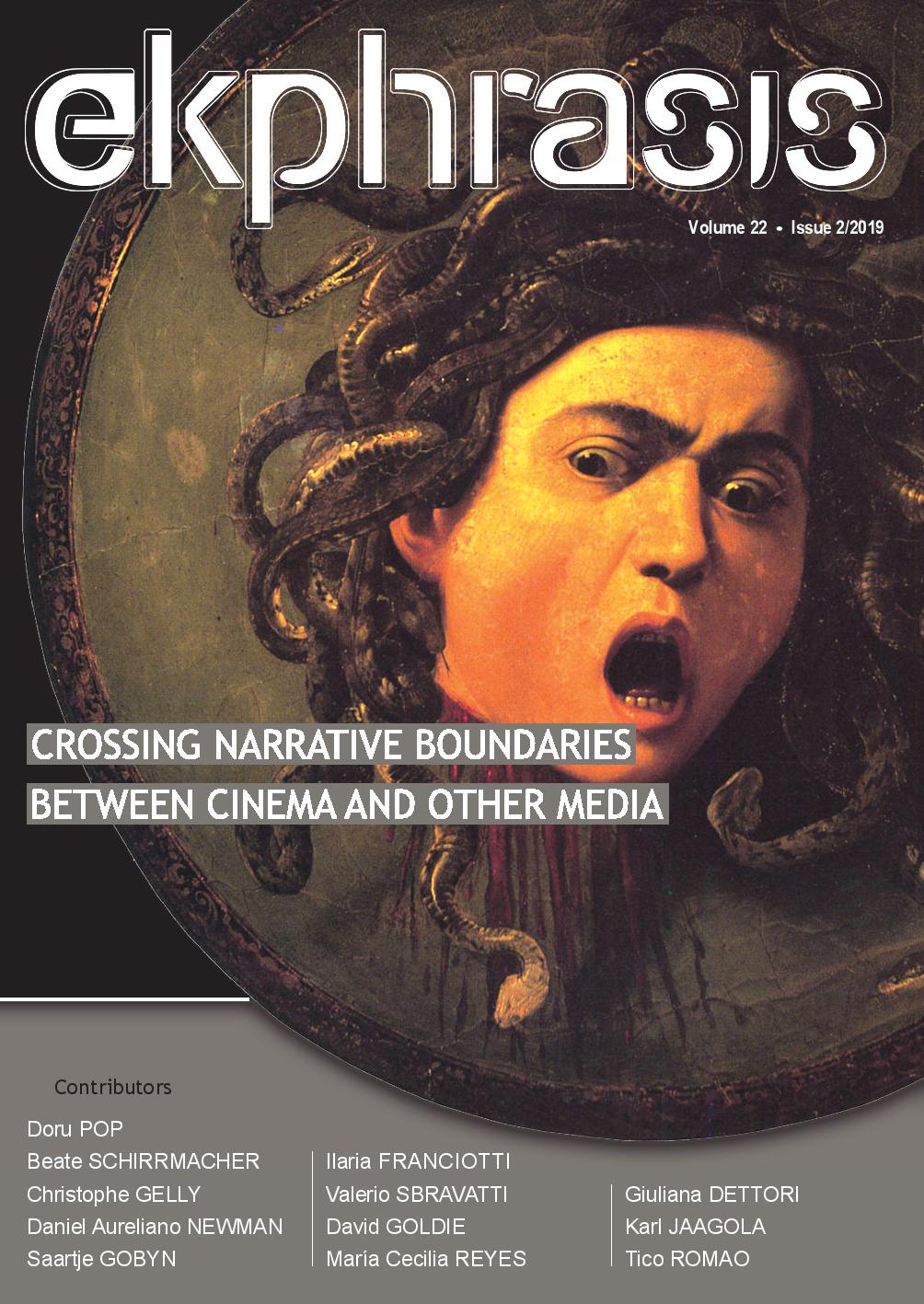The Transmediation of Ambivalence. Violence and Music in Burgess’s A Clockwork Orange and Kubrick’s Film Adaptation
The Transmediation of Ambivalence. Violence and Music in Burgess’s A Clockwork Orange and Kubrick’s Film Adaptation
Author(s): Beate SchirrmacherSubject(s): Fine Arts / Performing Arts, Music, Studies of Literature, Comparative Study of Literature, Film / Cinema / Cinematography
Published by: Universitatea Babeş-Bolyai, Facultatea de Teatru si Televiziune
Keywords: music; violence; A Clockwork Orange; intermediality; ambivalence;
Summary/Abstract: This article explores the relationship between violence and art music in Anthony Burgess’s A Clockwork Orange and Stanley Kubrick’s film adaptation. Instead of focusing on differences between novel and film, the intermedial perspective of this study is on underlying similarities beyond the different media characteristics of film and literature. Both the novel and the film exploit how the somatic impact of music creates a fundamentally ambiguous relationship between violence and music. Musical choices in the novel and the film at first glance appear incongruous. However, an intermedial approach reveals a connection between the textual and audiovisual ambiguity, unknown fictive music described in the novel and the well-known music played in the film, defamiliarised lyrics and distorted sound. Thus, the novel and the film not only present the inherent violent potential of music; both works also exploit the attitudinal ambivalence created by the contiguity of music and violence. Music in violent contexts, which at first appears to distance us from violence seen, in fact pushes us towards the experience of felt ambivalence that undermines the order of things.
Journal: Ekphrasis. Images, Cinema, Theory, Media
- Issue Year: 22/2019
- Issue No: 2
- Page Range: 26-40
- Page Count: 15
- Language: English

